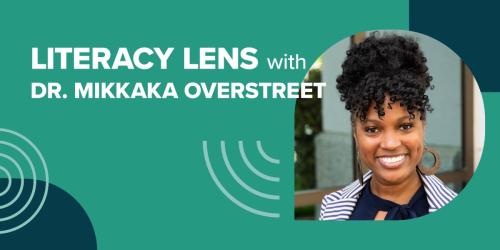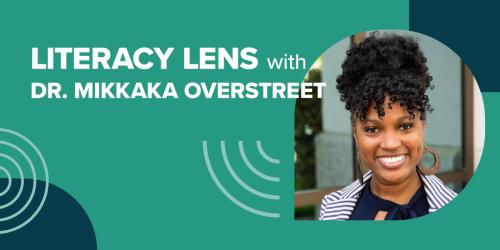Three Ways to Improve Teacher-Student Relationships and Reduce Discipline Disparities
When teachers build relationships with their students through strong emotional supports and high-quality teaching, it leads to increased cooperation and engagement in the classroom as well as fewer instances of exclusionary discipline. But what do teachers need to know and be able to do to take their classrooms in this direction, and in particular, to eliminate discipline disparities based on factors such as race?
Look Closely at Root Causes
One place to start is to look at the root causes of discipline disparities. Root causes go beyond implicit bias (attitudes and stereotypes that are often unconscious but influence our behavior) and uncover a need for teachers to receive professional development on culturally responsive practices, perspective-taking skills, and how to build positive relationships with students.
[B]y the time some black students reach secondary school, their histories of discipline and negative exchanges with teachers may set up patterns of interactions that result in office discipline referrals. In a sense, emotionally and instructionally supportive teachers may be a ‘breath of fresh air’ for many black students. —Dr. Anne Gregory and coauthors, “Closing the Racial Discipline Gap in Classrooms by Changing Teacher Practice”
View this video from Race Forward to hear stories from eight young men on how they navigate around implicit bias in the classroom.
Build Relationships with Students You Don’t Know Very Well
Are there students you know better than others? Strengthening teacher-student relationships and providing engaging instruction can have the greatest impact on students who are traditionally more vulnerable to negative interactions with teachers.
One of the teaching strategies explored in Creating Opportunities through Relationships (COR) revolves around getting to know your students beyond just their names, academic strengths and challenges but also as people.
You can begin with questions such as:
- What do they like to do after school?
- What excites them?
- What scares them?
Gathering information like this can help you relate to your students and support them in feeling happy and engaged in your classroom.
One activity you can do right now is to jot down the names of all your students in one of your classes on a piece of scratch paper, then quickly rate how well you feel you know them on a scale of 1–3 (1 = not very well, 2 = pretty well and 3 = very well). When you look at your completed list, are there students you don’t know as well as others? According to COR, the students that teachers know least are often the ones who most need positive relationships with adults in a school, and this knowledge can give you a good place to start.
Take Your Students’ Perspective
The way that students interpret their classroom experiences can have a lasting impact. For example, when students of color believe that their teachers are going easy on them with academic tasks, it can weaken the teacher–student relationship because students begin to think their teachers don’t believe they can succeed.
Perspective taking—putting yourself in your students shoes—is a COR strategy that can increase your awareness of what your students are experiencing. You can start by asking questions such as:
- How does this student see his experience in this classroom?
- How does this student feel about me?
- How does this student think I feel about them?
Knowing that you can never truly see things from a student’s perspective, you can arrive at assumptions based on your observations and previous interactions with a student and then check them for accuracy through actions such as:
- Talking to your student and asking what they think
- Taking time to observe your student to see whether your assumptions are consistent with your student’s behavior
- Communicating with the student’s family to learn more about what’s going on at home
- Reading about the student’s culture to give yourself a better perspective


